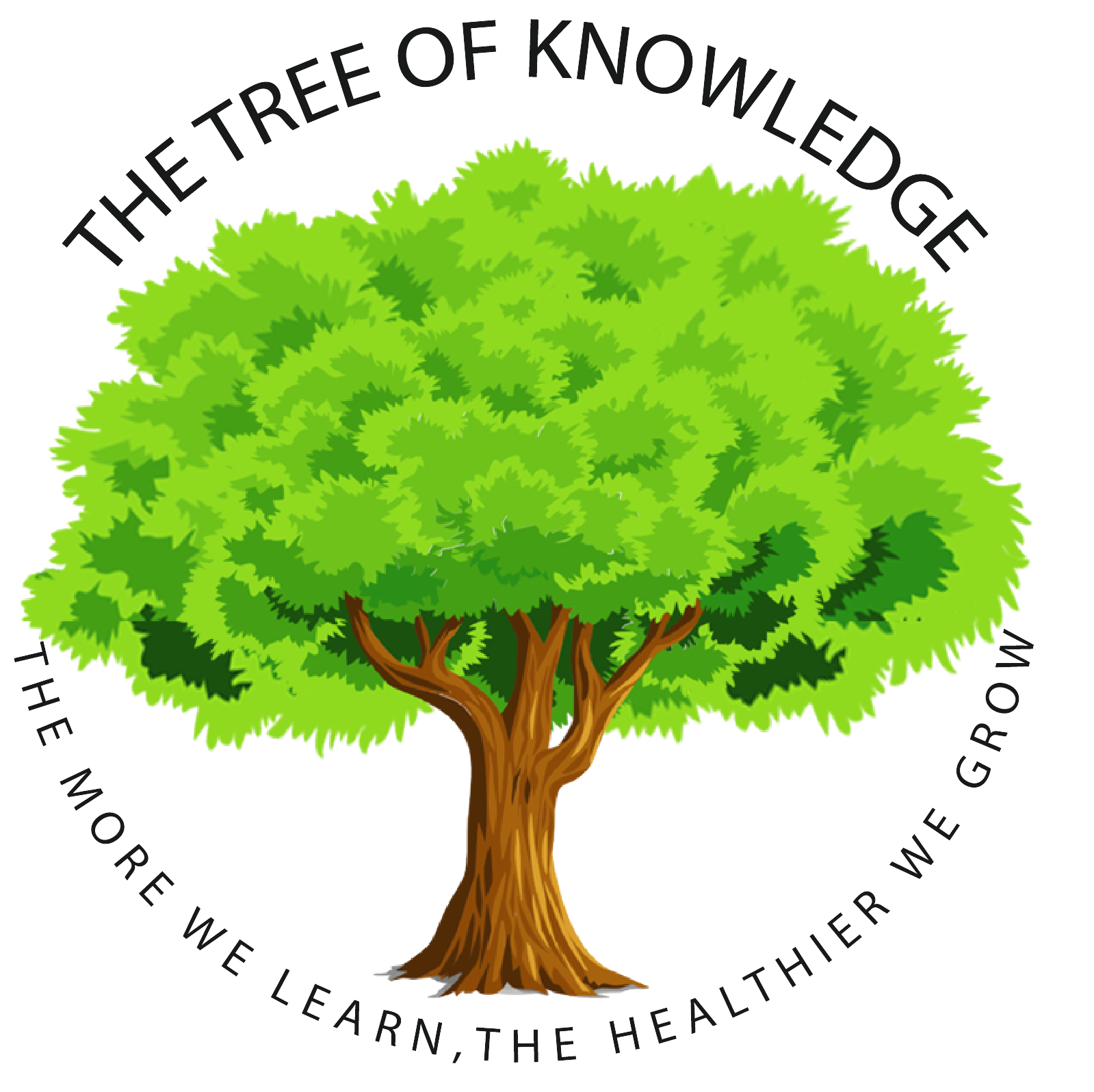Movement is what develops the brain. Movement is also an essential and important factor in preventing childhood obesity. You can combine these two facts to come up with a winning combination in eliminating excess weight. There are other factors that contribute to weight gain like food consumption and diet as well as emotional factors, but for the purpose of this writing we will be dealing with burning calories through movement and how you can optimize movement so that you develop your child’s brain.
It is recommended that children receive 120 minutes of moderate to vigorous physical activity a day, every day. Sixty of those minutes should be with an informed adult with structured activities and sixty unstructured , like free play. During these times children should also have outdoor time. This serves a dual purpose in that the children will be receiving Vitamin D from the sun while exercising and moving their bodies.
One point that I want to make is, play is a vital part of movement. It is a child’s work and the way that they learn about themselves and their world and how they fit into it. So to adults things may look like play and seem useless. But an informed and knowledgeable adult knows that very important changes are taking place.
Growth and development on many different levels are taking place. They are growing socially by learning how to get along with others, share, work together to achieve a common goal, learn that they matter and their contribution counts. They are also learnng emotionally by experiencing how certain activities make them feel, whether it be fear, confidence and pride or curiosity. Cognitive and intellectual learning is also taking place as they learn about sequences and patterns and cause and effect. Communication and creative skills are being developed and nurtured as well as physical development.
All of these factors contribute in developing a child that is smart in a lot of ways. Howard Gardner called this multiple intelligences. So it is not a matter of whether your child is smart or not but how. The great thing about movement is that it is experiential and combined with music whether through dance or just as an accompaniment enhances the learning experience greatly for children and develops the brain.
One thing to remember is that all movement counts. Whether your child is writing, painting, building with blocks or legos, making mud pies, drumming, stirring, chopping or cutting or running, jumping, skipping, hopping or climbing, it all counts. So you can break it up into 10 -20 chunks of time through out the day. Just make sure that there is some vigorous movement that gets their heart rate up. You also don’t need a lot of space. You can do a lot of things utillizing vertical space which a lot of people forget about. Things such as hopping, jumping, twisiting, touching head, shoulders, knees and toes all use vertical space. So just use your imagination and that of your child and see what you come up with. Please come back and share it with us how your experience was and what happened. I’d love to hear from you.
I invite you to find out more and receive a free report on keeping your child healthy at http://www.healthykidsweightloss.com.
Please also like PitterPatterFeet on Facebook at http://www.facebook.com/pitterpatterfeet
By D TaRelle F Tullis | Submitted On May 04, 2012
Article Source: https://EzineArticles.com/expert/D_TaRelle_F_Tullis/919457


